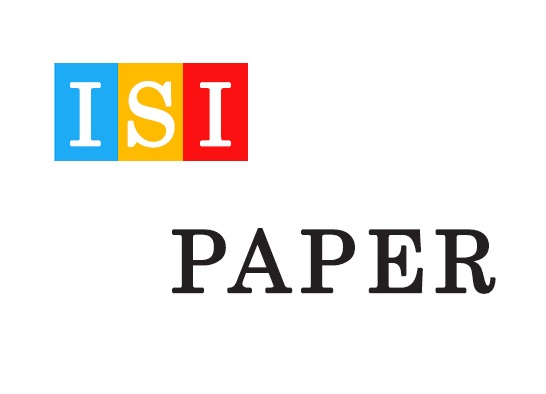دانلود رایگان مقاله ISI درباره پایداری شیمیایی، پایداری فیزیکی و رسانایی گرمایی
دانلود رایکان مقاله انگلیسی ISI با موضوع عقب نشینی شیمیایی برای آئروژل و عایق عملکرد سیمان
عنوان فارسی مقاله:
عقب نشینی شیمیایی برای آئروژل و عایق عملکرد سیمان حاوی آئروژل
عنوان انگلیسی مقاله:
Chemical retreating for gel-typed aerogel and insulation performance of cement containing aerogel
دانلود رایگان مقاله ISI با فرمت PDF:
مشاهده توضیحات کامل و خرید ترجمه فارسی با فرمت ورد تایپ شده:
بخشی از مقاله انگلیسی :
4. Conclusions
An experimental study was conducted to determine the possibility of new type of cement composite, the preparing gel-typed aerogel to apply to cement composite and the insulation performance of aerogel cement. Based on the test results, following research findings are derived from this study. Aerogel is very stable material at high temperature by 1150 C tested by TGA, which indicates that it is possible to apply aerogel to the insulation as well as the building fire-resistance material as a non-structural components. The gel-typed aerogels prepared by methanol were needed in order not only to mix with cement pastes stably, but also to reduce pores between the hydration particle to have the effect on the compression and flexural strength connections of AC. According to FT-IR, there was no chemical molecule change of aerogel on each process; aerogel, gel-typed aerogel and settled aerogel in cement. SEM photo of AC also indicated that aerogels were suitably settled in the cured cement on the process from gel-typed aerogels added process into cement paste to micro phys ical states of powder-type aerogels. Hence, it was the suitable process
to prepare the gel-typed aerogel with methanol for a variety
range of aerogel composites because of its very stable characteristics.
Thermal conductivity of AC with mass fraction of 2.0 wt.% was
decreased by maximum 75% of aerogel-free cement, which means
that AC is the cement type performing high insulation to be applicable
to an important energy-saving building material. Compression
and flexural strength of AC with mass fraction were
considerably decreased comparing to aerogel-free cement. On the
other hands, the absorption of AC with that was fairly increased
in relative to that. This is because the increase of porosity produced
by a higher aerogel content yields to a reduction of cement
strength. The flow of fresh aerogel cement was drastically decreased
because methanol used for preparing the gel-typed aerogel
on the process of mixing.


